The Automated Export System (AES) is a crucial component of the U.S. export process that simplifies and streamlines export compliance. If you’re shipping goods internationally, AES filing is an essential step you can’t afford to overlook. This electronic system allows exporters to report their shipments to the U.S. Census Bureau, ensuring that goods leaving the country are properly documented.
Not only does AES help maintain national security by tracking exports, but it also facilitates the smooth movement of goods across borders. But why is AES filing so critical? And what steps do you need to follow to get it right? This article breaks down everything you need to know, from understanding its importance to navigating the filing process, meeting requirements, and decoding the associated charges.
By the end, you’ll be equipped with the knowledge to handle AES filing smoothly and avoid unnecessary delays or penalties in your export journey.
Why is AES Filing Necessary?
AES filing is essential for several reasons, all of which ensure compliance, accuracy, and efficiency in international trade. Here’s why it matters:
- Legal Compliance
AES filing is a legal requirement for exporters shipping goods from the U.S. It ensures adherence to federal regulations, including those from the U.S. Customs and Border Protection (CBP) and the Census Bureau. Failure to file can result in heavy penalties, hefty fines, or even delays in shipment clearance.
- Accurate Trade Statistics
The U.S. government relies on the data submitted through AES to compile trade statistics. These statistics are critical in monitoring economic trends, formulating trade policies, and negotiating international agreements.
- Export Control and Security
Filing through AES, you help the government monitor sensitive or restricted exports. This safeguards national security by ensuring that regulated items like technology or weapons don’t fall into the wrong hands.
- Streamlined Customs Clearance
Proper AES filing facilitates faster and smoother customs clearance at the origin and destination ports. It helps avoid unnecessary delays caused by incomplete or inaccurate export documentation.
- Cost Reduction
By automating the export information collection process, AES minimizes paperwork and administrative tasks, leading to significant cost savings for exporters. This efficiency reduces expenses related to manual data entry and document handling.
- Real-Time Tracking and Reporting
AES provides exporters with real-time tracking of their shipments and access to detailed reports on their export activities. This capability enhances decision-making and offers valuable insights into trade operations.
How to Perform AES Filing
Performing AES filing is crucial in ensuring your exports comply with U.S. regulations. Here’s a straightforward guide to help you through the process:
1. Access the ACE Portal
Begin by logging into the Automated Commercial Environment (ACE) portal. You’ll need to create an account if you’re new to ACE.
2. Navigate to AESDirect
Once logged in, select the “References” tab and then choose “AESDirect UI” to access the filing interface.
3. Initiate a New Filing
Click on “Create Export Filing” to start entering your shipment details.
4. Enter Shipment Information
Provide all mandatory details, including:
- Shipment Reference Number: A unique identifier for your shipment.
- Transportation Mode: Specify how the goods will be transported (e.g., air, vessel, truck).
- Port of Export: The U.S. port where the goods will exit.
- Departure Date: When the shipment is scheduled to leave the U.S.
- Origin State: The state where the goods originate.
5. Input Commodity Details
For each item in your shipment, you’ll need to provide:
- Description: Clear details of the product.
- Schedule B or HTS Number: The commodity classification code.
- Quantity and Unit of Measure: How much of the item is being shipped.
- Value: The U.S. dollar value of the item.
- Export License Information: If applicable.
6. Review and Submit
Carefully review all entered information for accuracy. Once confirmed, submit the filing. You’ll receive an Internal Transaction Number (ITN) as confirmation.
7. Record Keeping
Ensure you retain the ITN and a copy of the filing for your records, as they may be required for compliance verification.
Additional Tips:
- Training: Familiarize yourself with the ACE AESDirect system through available tutorials and guides.
- Assistance: If needed, authorized agents or freight forwarders can file on your behalf.
When is AES Filing Mandatory?
AES filing is mandatory in the following cases:
- Ocean Freight Shipments: For exports shipped by sea, AES filing is required to notify U.S. Customs and the Census Bureau about the departure of goods. The information is necessary for accurate export statistics and national security.
- Shipments Exceeding $2,500: If the shipment value is over $2,500 per commodity or is subject to licensing, AES filing is mandatory, regardless of the method of transportation.
- Export Shipments Transiting through the U.S.: If goods are leaving the U.S. via a third country, AES filing is still required to track the exports and comply with regulations.
Ensuring that AES filing is done properly is critical to avoid penalties, delays, and potential customs issues. It’s important to understand when and how to file AES, ensuring your shipments are always compliant and move smoothly across borders.
Consequences of Non-Compliance in AES Filing
Failure to comply with AES filing requirements can have serious repercussions, affecting both your finances and your shipment’s journey. Here’s what you need to know:
- Monetary Penalties
Non-compliance, such as incorrect filing or failing to file altogether, can result in significant fines. The penalties under the Foreign Trade Regulations (FTR) can go up to $10,000 per violation, depending on the severity of the error.
- Legal Consequences
In extreme cases, deliberate misreporting or failure to file can lead to criminal charges, including imprisonment. This is particularly true for shipments involving controlled or restricted goods.
- Shipment Delays
Incorrect or missing AES filing can cause customs to flag your shipment, leading to processing delays. These hold-ups can disrupt your supply chain, impact delivery timelines, and harm customer relationships.
- Cargo Seizures
In cases of severe non-compliance or suspicion of fraudulent activity, customs authorities may detain or seize your shipment, resulting in financial losses and legal complications.
- Reputational Damage
Repeated filing errors or non-compliance can harm your company’s reputation with customs authorities, making future shipments more prone to scrutiny and delays.
- Loss of Export Privileges
In some cases, persistent non-compliance can result in the suspension or revocation of your export privileges, significantly impacting your business operations.
To avoid these consequences, ensuring accurate and timely AES filing is crucial. Regular audits of your export processes and proper training for your team can help maintain compliance and ensure smooth shipping operations.
Also Read: Understanding US Customs Clearance Time and Process
Charges Involved in AES Filing
When it comes to AES filing, understanding the associated costs is crucial for effective budgeting. Here’s a breakdown of potential charges:
1. Self-Filing via AESDirect
The U.S. Census Bureau offers AESDirect through the Automated Commercial Environment (ACE) portal, allowing exporters to file their Electronic Export Information (EEI) at no cost. This is a cost-effective option for those comfortable managing the filing process independently.
2. Utilizing Third-Party Filing Services
Several third-party service providers offer AES filing services for exporters seeking assistance for a fee. These services can benefit those unfamiliar with the filing process or who prefer to outsource this task. For instance:
- AES-Filing.com: Charges a flat fee of $45 per filing, which includes one tariff number and one amendment. Additional services, such as expedited processing, are available for an extra charge.
3. Potential Penalties for Non-Compliance
It’s important to note that failing to comply with AES filing requirements can cause penalties. Civil penalties can reach up to $10,000 per violation, emphasizing the importance of accurate and timely filings.
4. Potential Additional Charges
- Export License Fees: The U.S. government issues these licenses and may carry fees, especially for sensitive or controlled items. The cost of these licenses depend on the item and the regulatory agency involved (e.g., the Bureau of Industry and Security or the U.S. State Department).
- Hazardous Material Handling Fees: If you’re exporting hazardous materials, there may be additional charges related to the proper handling, documentation, and transportation of these goods. This includes fees for specialized packaging, labeling, and compliance with regulations set by agencies like the Department of Transportation (DOT) and the Environmental Protection Agency (EPA). These charges can be significant, depending on the materials involved.
While self-filing through AESDirect is free, many exporters opt for third-party services to ensure compliance and accuracy, incurring additional costs. Weighing the benefits of professional assistance against these costs is essential for effective export management.
Benefits of AES Filing
AES filing offers several advantages that streamline the export process, enhance compliance, and ensure the smooth movement of goods. Here’s a breakdown of the key benefits:
- Enhanced Compliance with Export Regulations
Filing through the Automated Export System (AES) ensures that your shipments meet all U.S. export regulations. The system automatically checks for accuracy, making complying with the Foreign Trade Regulations (FTR) and other customs requirements easier. This helps you stay aligned with legal requirements, reducing the chances of mistakes that could lead to non-compliance.
- Reduced Risk of Penalties and Delays
Correct AES filing minimizes the risk of penalties for non-compliance, such as fines or shipment delays. Filing on time and accurately helps avoid costly mistakes, including fines of up to $10,000 for improper filings. Moreover, your shipments are less likely to be delayed at customs, ensuring timely delivery and a smooth flow of goods.
- Improved Shipping Efficiencies
AES filing helps streamline the export process, making it more efficient and faster. With complete, accurate information submitted upfront, customs can clear shipments more quickly, allowing goods to move faster through the supply chain. This efficiency reduces lead times and cost savings, benefiting your shipping strategy.
- Provides a Standardized Approach to Export Documentation
AES filing standardizes export documentation, ensuring consistency and clarity in all required fields. With a unified process for submitting electronic export information (EEI), your team and customs authorities can more easily process the shipment, minimizing the risk of errors or confusion. This streamlined, uniform process is beneficial for both first-time and experienced exporters.
AES filing helps you comply with export regulations, boosts your shipping efficiency, reduces the risk of penalties, and ensures your documentation is consistent and standardized across all shipments.
Also Read: Understanding EIS and Shipping Surcharges in Freight Transport
Conclusion
In conclusion, understanding AES filing is crucial for successful and compliant freight shipping. AES helps streamline the process, align with regulatory requirements, and maintain smooth operations by ensuring that all export shipments are properly documented. Additionally, being aware of the associated charges enables effective cost management, allowing you to make informed decisions for your business.
If you’re looking for seamless, reliable, and cost-effective shipping solutions for your exports, Intoglo is here to help. As a trusted cross-border FCL shipping provider from India to the USA, Intoglo offers end-to-end solutions designed to make your export process hassle-free. Our expertise in AES filing and comprehensive services ensure that your shipments are compliant and on track.
Here’s how we support your shipments:
- Seamless Door-to-Door FCL Shipments from India to USA
- Origin Pickup & CFS services, along with hassle-free customs clearance
- Ocean Freight & Destination CFS with efficient customs clearance at the destination
- Last Mile Delivery with a direct tracking network in the USA
- Pan-India Pickup in 24 hours
- End-to-end shipment Tracking via Glotrack, with real-time updates on WhatsApp
Let Intoglo handle your logistics needs, ensuring smooth exports and compliance every step of the way! Contact our FCL shipping experts today.


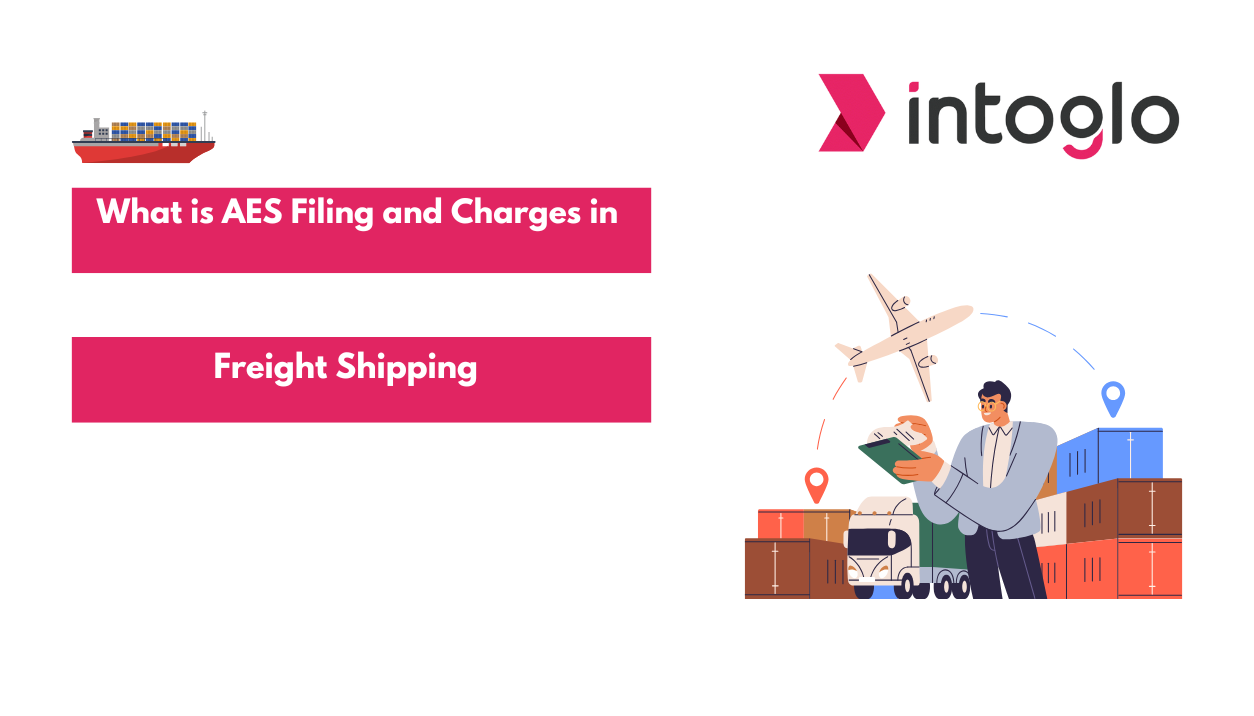

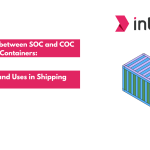
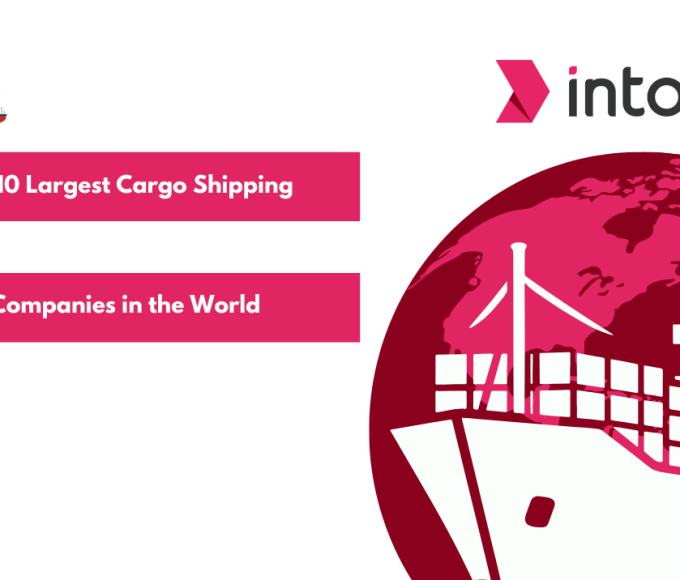
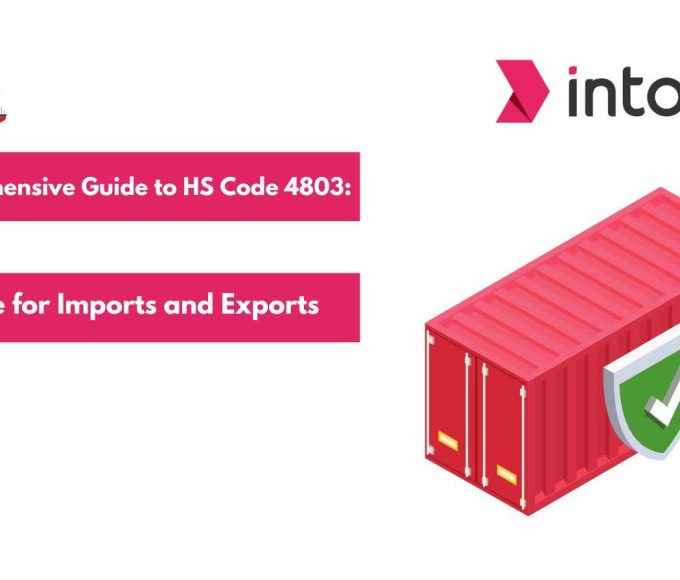
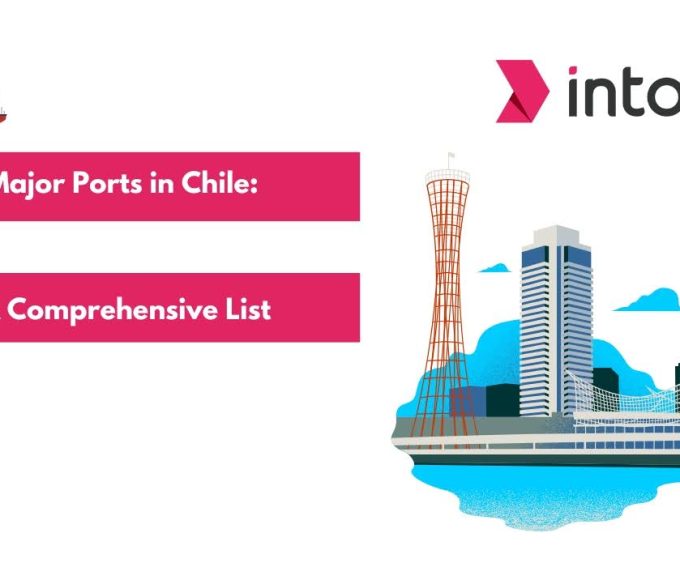
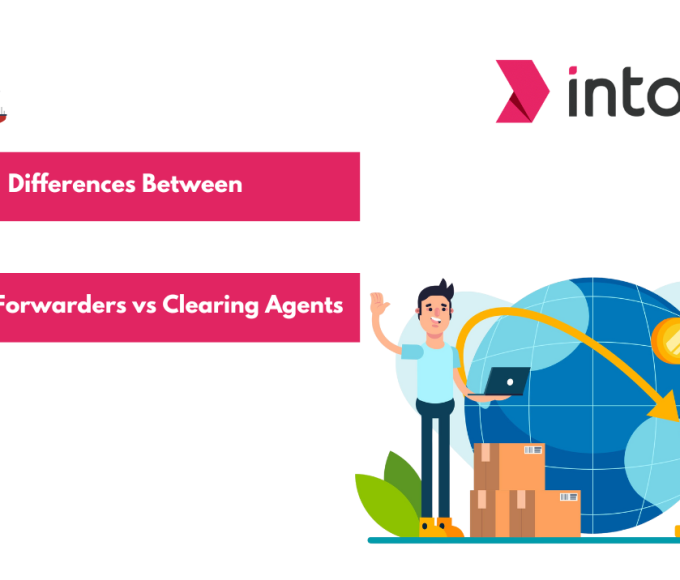
Leave a comment